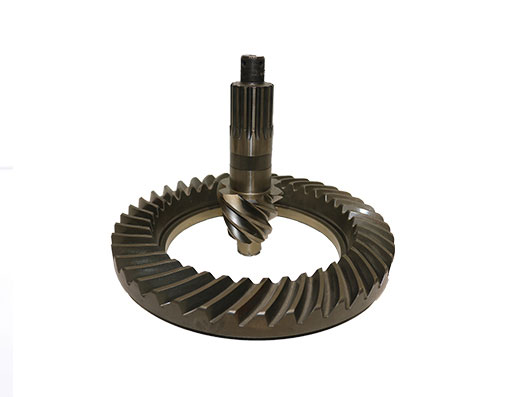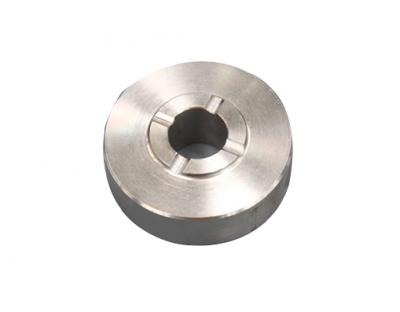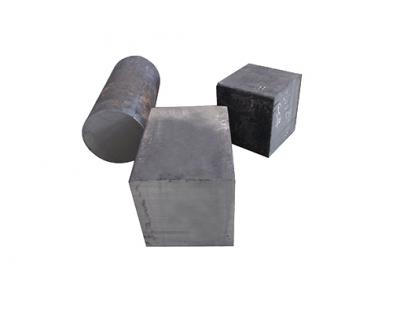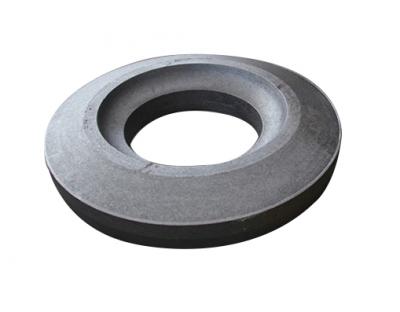Comparison of Transmission Helical Gears and Spur Gears
Gears can be classified according to the relative position of the axes of rotation. For example, there are parallel axis, cross axis gears and helical axis gears. Under the Parallel Axis Gears category, there are two different types of mechanical gears, spur gears and helical gears. Spur gears have many applications, such as electric screwdrivers, wind-up alarm clocks, and washing machines. On the other hand, helical gears are more stable and quieter than spur gears. Helical gears are used in the transmission mechanism of automobiles. On a car, you rarely see spur gears!
The difference between helical gears and spur gears:
Exterior:
Spur gears can be distinguished by the number of teeth. The gears are radial and parallel to the gear shaft. The teeth of a spur gear are exactly perpendicular to its plane. However, the number of teeth of a helical gear is exactly perpendicular to its plane. However, the number of teeth of a helical gear is cut at an angle to the face of the gear. When two gears in a helical gear system "interact," they begin to touch one end of the gear. And, as the gearing unfolds gradually, until the two gears are fully meshed.
manufacturing cost:
Spur gears are often the choice when exploring gear options. Spur gears are easier and less expensive to manufacture than helical gears.
design:
Spur gears have spur gears that are embedded on parallel shafts. This fact makes the design of spur gears very simple. Also, compared to helical gears, they are easier to create, reducing production costs.
Load carrying:
Helical gears can handle more loads than spur gears because the load is distributed over more gears.
Persistence:
Helical gears are more durable than spur gears. Because its load is distributed over more gears. Therefore, a given gear has better force distribution than a spur gear.
Running noise:
The gears are very noisy, every time one gear tooth touches another gear tooth, the teeth bump into each other, creating noise. On gear teeth, this also creates a lot of noise. In comparison, helical gears are quieter.
efficiency:
When the two gears are in contact, helical gears are less efficient because the teeth of the helical gear are in more contact, which leads to increased friction and, due to heat, greater heat loss. Spur gears are more efficient.





